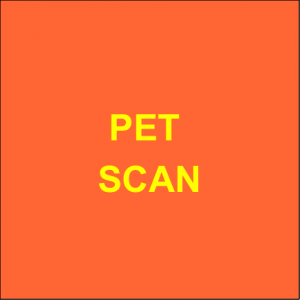Metabolic tracers for PET scan
Positron emission tomography (PET) can measure both the myocardial perfusion and metabolism. Clinically available cardiac PET tracers include perfusion tracers like Rubidium82 and 13N-Ammonia as well as the metabolic tracer 18Fluoro-2-Deoxy Glucose (FDG). High 18FDG uptake is interpreted as myocardial inflammation. A matched metabolic and perfusion defect is taken as a scar. PET data can be acquired in dynamic mode so that it is possible to display myocardial perfusion and metabolism in absolute terms as milliliters per gram per minute of blood flow and moles per gram per minute of metabolism.
PET perfusion tracers are classified as freely diffusible and non diffusible tracers. Freely diffusible tracers accumulate and wash out from the myocardial tissue as a function of blood flow. 15O-Water is a freely diffusible tracer. Non-diffusible tracers are retained in the myocardium as a function of the blood flow. Rubidium82 and 13N-Ammonia are non-diffusible tracers. Uptake of Rubidium82 across the sarcolemmal membrane reflects active Sodium Potassium ATPase pump as Rubidium82 has biological properties similar to Potassium.





